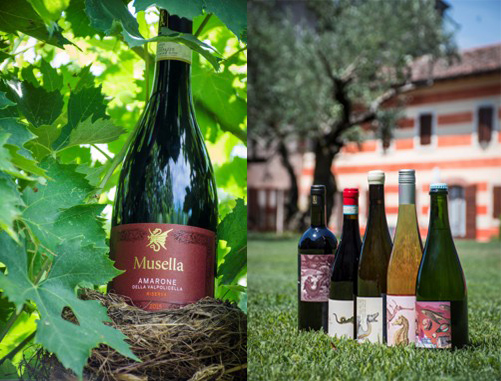
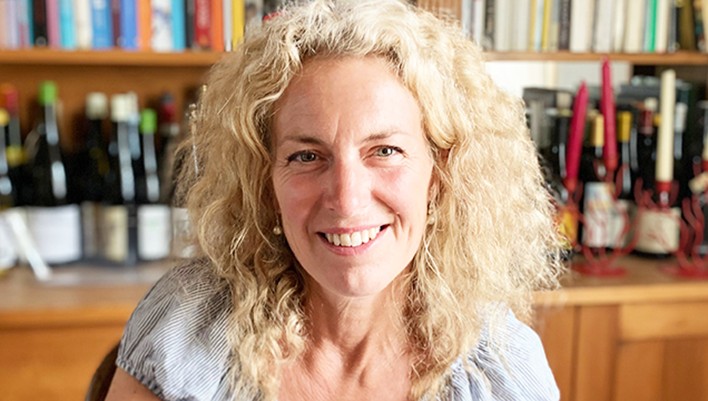
1.First,let’s have a general idea about Musella!
Valpolicella is known for Amarone and muscular, powerful wines. Musella offers a counterpoint to that style with wines of elegance and a philosophy that emphasizes a connection to the land. Musella is also a place of great natural beauty full of biodiversity where vines share the landscape with forests, animals, and water features such as lakes and streams. While the approach is far from traditional, the wines are excellent and can be appreciated by those in the natural wine scene as well as more conventional wine drinkers. Winemaker Maddalena Pasqua di Bisceglie and her family have owned the estate since 1995.
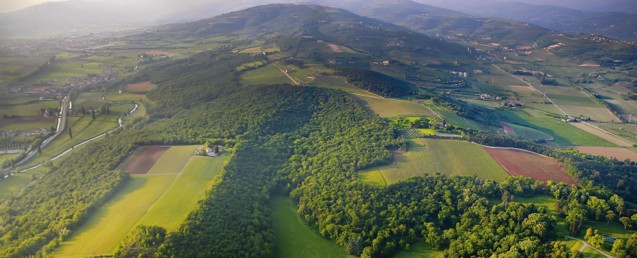
The commitment to natural methods is impressive. Cover crops are used extensively and the estate purchases cow manure from a local farmer, who also supplies milk which is used as a spray to combat down and powdery mildew. Additionally they have recreated a local custom which was to plant cherry trees in the vines. This encourages birds who can find more worms and insects.
Musella has been this kind of estate for a long time, because it was originally a property for noble people established here in the 15th century where they had the summer house. And then they developed different houses like the place where Maddamela live here, it was actually for the guys dedicated to the hunting. And so we have these houses around for workers for the noble people.
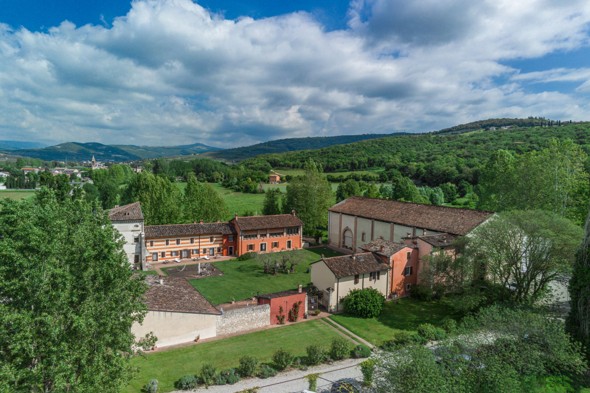
2. Can you tell us more about the Musella’s terroir?
Our terroir is very specific in Valpolicella because talking about a bit of background, we live in a place that came out immersive from the sea 45, 44 million years ago. And so mostly our soil is presented by strong calcareous soil. Calcar that is at the bottom of the sea compressed for many, many millions of years, immersed and created this condition of calcar that we can find mostly in all of Valpolicella. There is a part where we can find volcanic situations, so more basaltic soil, and this is creating the fantastic condition of Valpolicella, there's a very mixed soil.
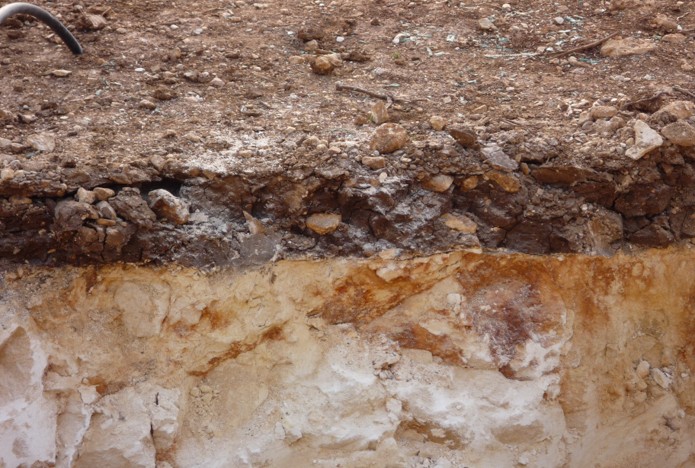
Particularly in my place, we have calcar, this rolling stone calc, very strong or intense. On the top of this, we have this red clay. Red clay you have to imagine a tennis court, very red, very intense and full of iron. And this situation is pretty unique in Valpolicella. And this has stimulated me to play in pureness, to understand how Corvina behaves in this condition versus other conditions.
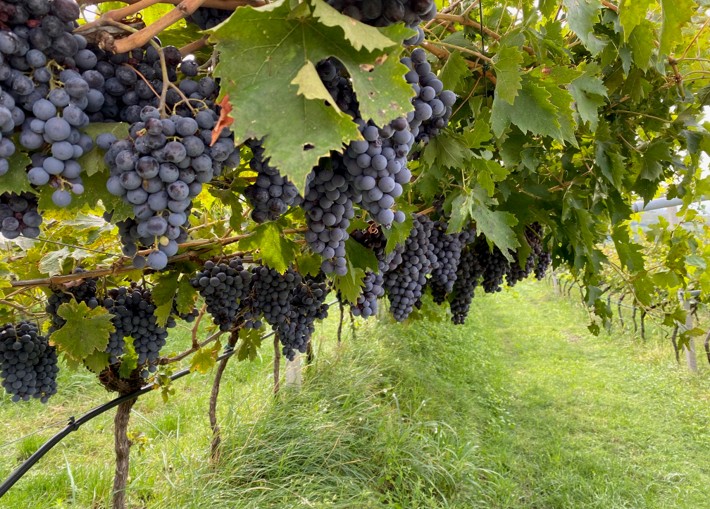
3.What are some of the biodynamic viticultural practices that you employ at Musella?
We live our lives trying to be connected with everything around here. Apart from our observation and studies, we follow the instructions of Alex Podolinsky, Ehrenfried Pfeiffer, and Rudolf Steiner. In Autumn and Spring, we do the BD 500 preparation (cow manure in the horns for 6 months under the proper soil and position), which we prepare together with a group of colleagues from different parts in Italy. During the Summer we nebulize three to four times at least of the 501 (pure Cristal/silica dust) to guarantee better light to the vines.
Now, we plant a mixed green manor, a selection of flowers and vegetables, according to the different vineyard characteristics.

We are introducing some animals to complete the circle, sheeps are taking care of the grass during the autumn/winter, donkeys are keeping the forests around the vineyards clean for better air circulation. We also follow moon cycles especially in vilification, and we are introducing omeopatia to fight against the mildew and oidiopsis with the horsetail preparation (and it is working!). We are also studying how to reduce tractor activity and choosing lighter tools. We play music at 432 hz in the vineyard, according to the season (e.g. Mozart, Bach, Pink Floyd, John Coltrane and a selection of sounds for the winter).
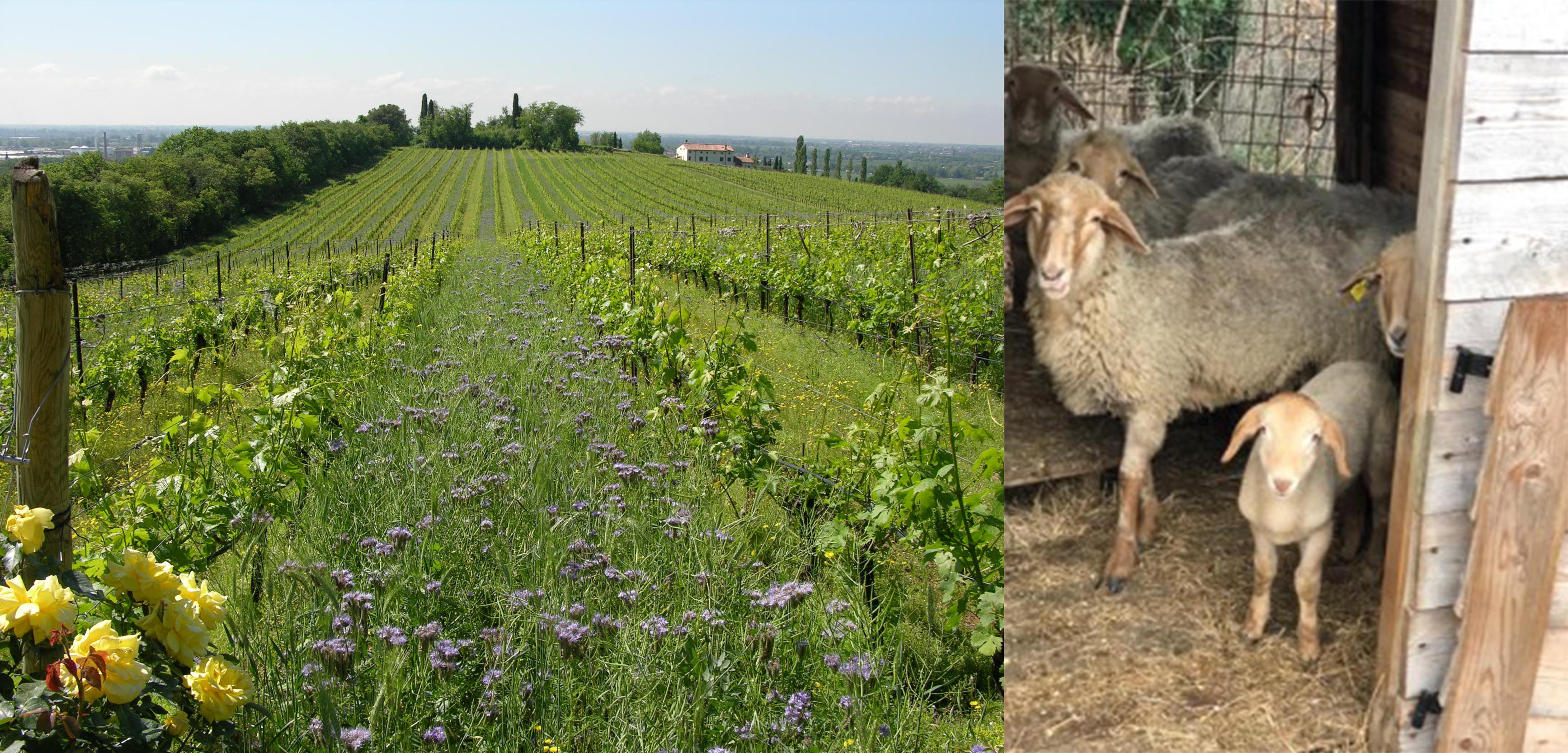
4.You talked about playing music in the vineyards?
One day I found a guy, I was listening to music from leaves, having a very stupid and simple machine you can find on the internet that is able to read, listen, the lymph of the plant passing into the leaves and translating in media, and then audio file. And so we listened to the different kinds of varieties with a simple machine. And every variety, in my case it was vines, but of course you can even listen to roses. Every variety has the same music, even changing the plant. The music of Corvina is the music of Corvina, that actually is the happiest. Then Corvinola is lower. Oseleta is very low, but intense. And so we play with that.
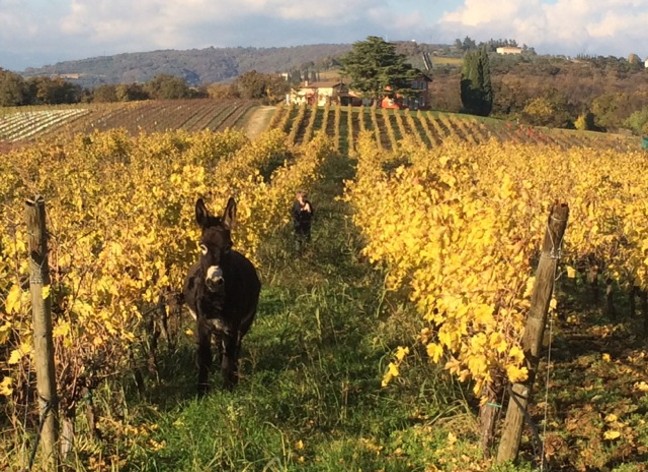
During the winter the music is more oriented on percussion in order to get deeper in the soil, to the roots. Because when it's winter the forces are not going up for the sun demand, but are going down to save themselves and to give more power to the earth and to be enriched by the substance during the winter. And so we give this music a sort of help, giving more rhythm in going down. And so it is mostly percussion.
During the springtime, we give them something more happy. And so we start with Vivaldi and Mozart because also they play in 432 megahertz and that is the frequency of nature, or even the heart, and so it's more happiness.

And this is my idea, just my crazy idea. So even if I see there is some difference, some effect, and I don't know if this is the right way, but I'm looking forward to discovering more things. Maybe in 10 years I will tell you something different.
5. You have used red marble and no toasted wood to age wine, where the idea comes from?
Our philosophy here is based on the full respect of the grapes, soil and weather conditions. And the only ingredients here are earth, grapes and sun. Me and my cousin Enrico, we are just the guardians, and with mother and father, we follow the process. So we make sure the process is going well. We take care, we give the best account for the possibility of the wine development, while we try to stay away from transformation.
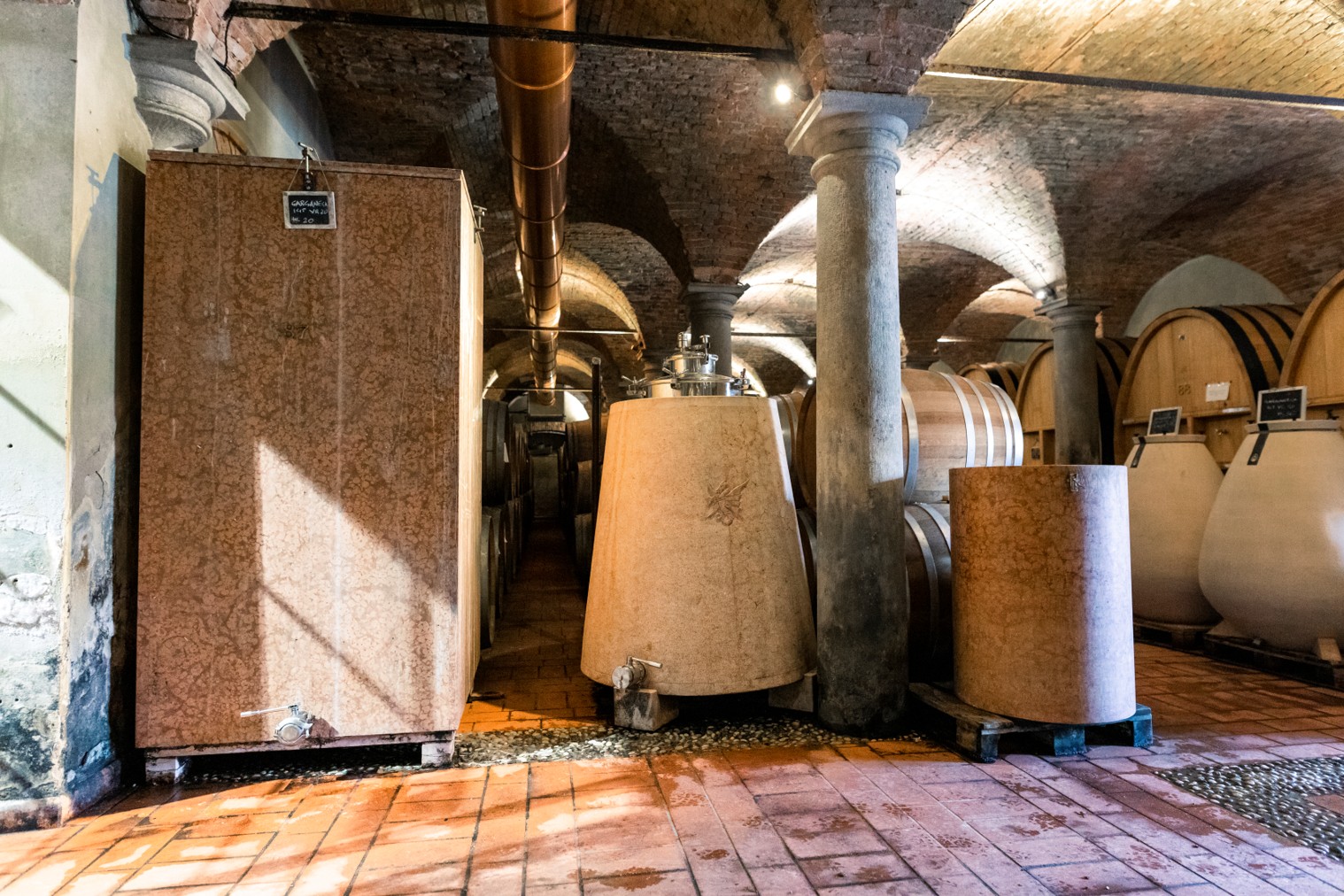
So the idea of the red marble was born from this, to give comfort to the wine, after the picking, you then have the stress of fermenting. And then you finally put this stressor, the must juice, in a place that is going back to home, back home. Because red marble from Verona is actually calcar and red clay together compressed. This is exactly what we have here, where the vines grow, calcar and red clay.
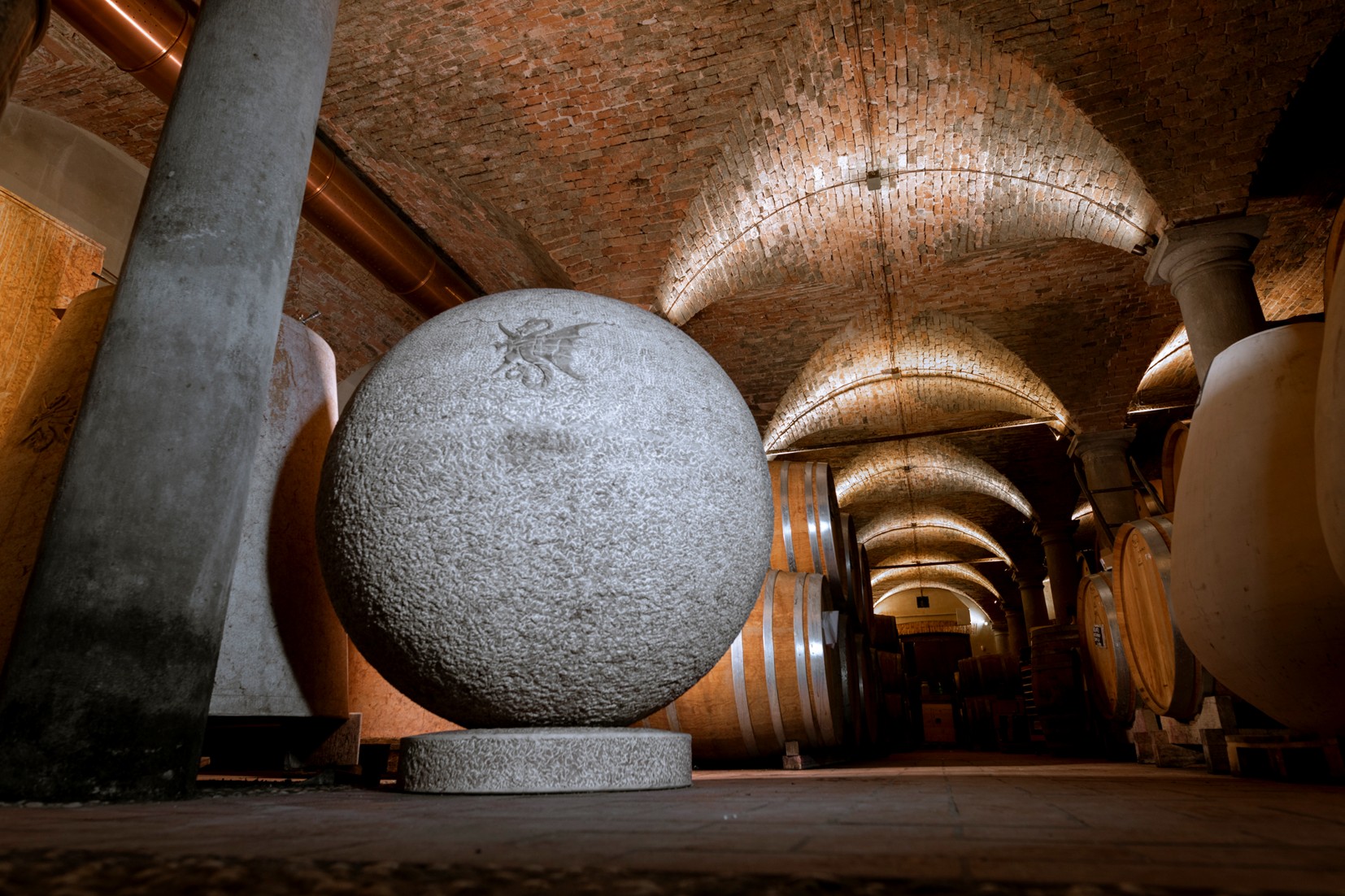
Cement is a compromise. In a way cement is not coming from a cement factory, it's coming from an artisanal production of stones and sands. So we have that kind of vibration. Even if it's working with the shapes you're able to keep alive every time. And of course the oak. Not toasted, bended with steam or wood and more delicately, because we really want to avoid anything that could put in second plan the grape development.
The care. The care in every process of production. Of course, the care of the soil and the vines during all over the years - let’s say decades because we normally wait for some years before to collect the grape for the Amarone production. Then, the best care in the grape choice: the grape has to be healthy, mature, but never too much, quite open (not compact).
The grape also has to be dried in a proper way, slowly in a dry place and in the right conditions, in a case where there is a good air circulation for three months. Then, reselection of just the perfect grapes, we take the stamps and we wait for the natural fermentation. After 40 to 45 days the wine is ready to be separated by the skins. We use good barrels to let the wine rest and mature for years and years.
